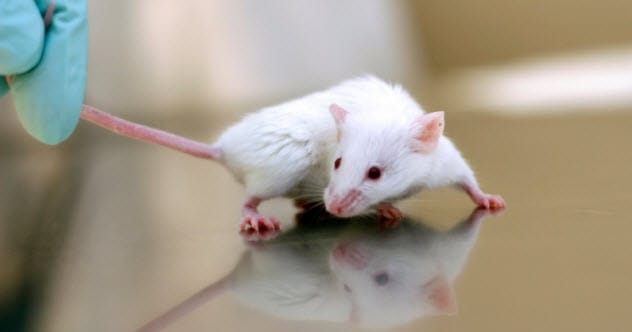Mice play a huge role in the world of medical research. They are small, reproduce quickly, and share many genetic similarities with humans. This makes them incredibly useful for scientists looking to understand and fight diseases. But what happens when a disease mainly affects people? That’s when scientists get innovative.
To study human-specific illnesses in mice, researchers often need to give the mice a little human touch. This might involve hormone treatments, transplanting human tissues, or even transferring human genes. These steps help create mouse “models” that mimic human conditions. For really complex problems, like psychological disorders, the goal might be to replicate just a few key symptoms. Let’s dive into 10 human diseases that scientists have creatively brought to the lab mouse.
Gonorrhea
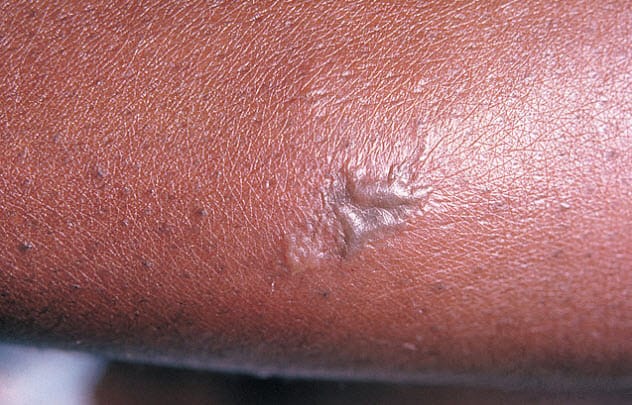
Gonorrhea is a sexually transmitted disease (STD) caused by the bacterium Neisseria gonorrhoeae. Naturally, this infection is exclusive to humans. In the lab, simply injecting mice with N. gonorrhoeae doesn’t always work because the bacteria struggle to survive in a mouse environment.
Scientists made a breakthrough when they found a short period during a mouse’s estrus cycle when its vagina becomes more hospitable to the bacteria. To extend this window, they treat the mice with a female sex hormone called 17β-estradiol. This estrogen boost allows N. gonorrhoeae to thrive for several days, creating a reliable model.
These specialized mice are valuable for testing new medications. Researchers also use them to study why, similar to humans, mice can often be reinfected after recovering from an initial bout of gonorrhea. Since gonorrhea often occurs alongside chlamydia (up to 70% of cases), scientists have also developed “double-STD mice” by infecting them with both C. muridarum (a mouse chlamydia equivalent) and N. gonorrhoeae to study these co-infections.
Alzheimer’s Disease
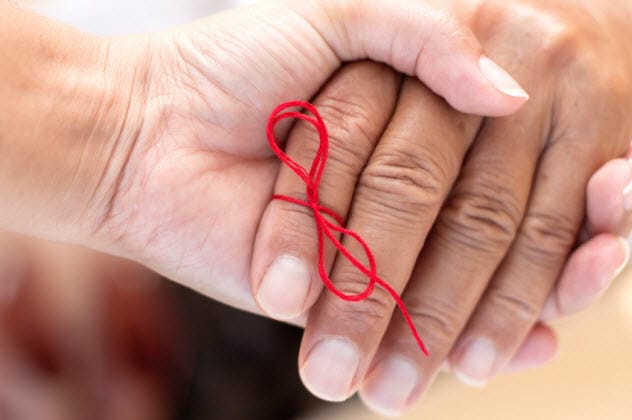
Alzheimer’s disease is a progressive brain disorder that leads to memory loss and cognitive decline. A key characteristic found in the brains of Alzheimer’s patients is the buildup of protein clumps called plaques, primarily made from pieces of a protein known as APP (amyloid precursor protein).
There are various methods to create mouse models of Alzheimer’s. Many involve using a mutated form of the human APP gene, notably one found in two Swedish families. Individuals in these families develop Alzheimer’s unusually early, often in their fifties. Mice with this gene can develop similar plaques in their brains.
Many Alzheimer’s mice exhibit memory loss, which scientists measure using tests like the Morris water maze. In this test, mice must recall the location of a hidden platform in a pool of water. Another common test is the novel object recognition test, where a mouse is shown a familiar object and a new one. Healthy mice typically spend more time exploring the new object, but Alzheimer’s mice often show little preference, indicating memory impairment.
Measles
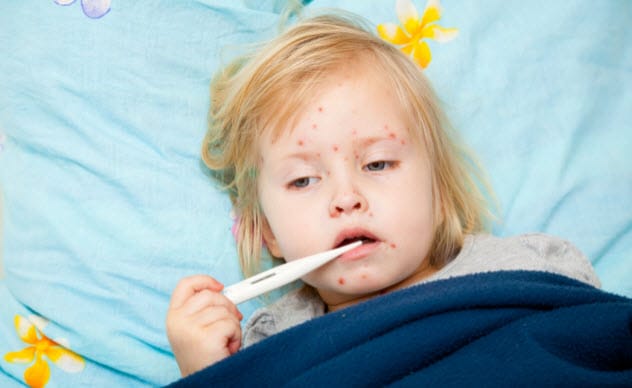
Measles is a highly contagious viral illness. It usually causes fever and a distinctive skin rash. In some unfortunate cases, it can lead to severe complications like brain damage or even death.
Naturally, measles only infects humans. The virus enters human cells by attaching to one of two specific receptors: CD46 or CD150. Mice don’t naturally have these exact human receptors. To make mice susceptible to measles, scientists genetically engineer them to express these human receptor genes.
In a 2006 study, scientists introduced the human CD150 receptor gene into mice. When these mice were infected with the measles virus, either through their nostrils or directly into their brains, many experienced severe reactions. They lost motor control, had seizures, and some died. The severity of the illness was linked to the age of the mice; newborn mice were most vulnerable, while four-week-old mice usually survived. This model helps in understanding the virus’s impact and testing potential treatments.
HIV
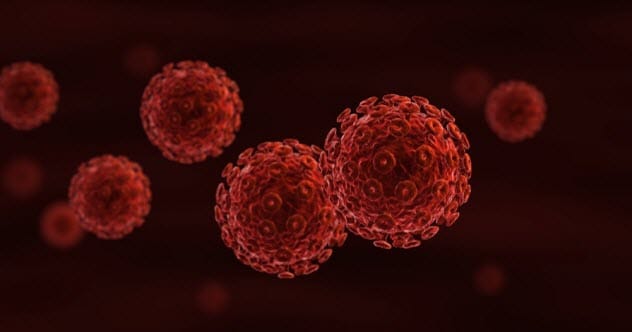
Human Immunodeficiency Virus (HIV) has tragically claimed around 39 million lives, with millions more infected each year. HIV infects human cells by binding to specific receptors on their surface. Chimpanzees, our close primate relatives, have similar receptors, making them susceptible to HIV infection as well.
Mice, however, are much more distantly related. Over the 90 million years since mice and primates diverged evolutionarily, these crucial cell surface proteins have changed significantly. As a result, HIV cannot naturally infect mice. One approach to overcome this is by transferring multiple human genes (at least three) into mice to enable HIV to thrive.
A more common and effective method involves creating “humanized” mice, which possess human immune systems. One such model is the BLT mouse (named for Bone marrow, Liver, and Thymus). To create a BLT mouse, scientists start with a mouse that has a compromised immune system. They then transplant small pieces of human fetal liver and thymus tissue under the mouse’s kidney and inject human bone marrow stem cells. This transformed mouse is filled with human immune cells and becomes fully susceptible to HIV infection through various routes, including a needle, vaginally, or anally, providing a vital tool for HIV research.
Acne
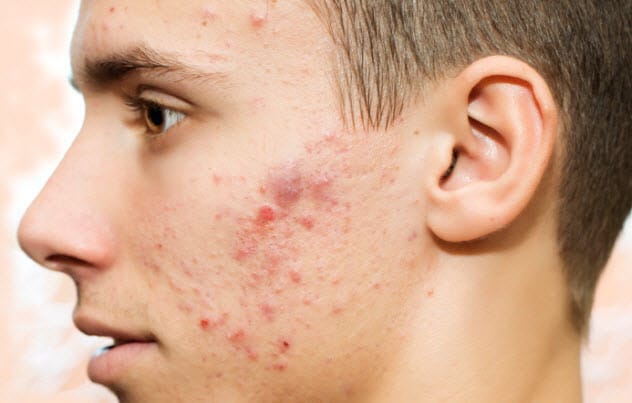
Acne is a common skin condition that, interestingly, is largely a human problem. Our closest animal relatives, chimpanzees, don’t get pimples, and neither do mice. Acne is typically triggered by an interaction between human skin and the bacterium Propionibacterium acnes (P. acnes).
Most of the time, P. acnes lives harmlessly on our skin. However, when oxygen levels drop inside a skin pore, P. acnes can become aggressive, leading the immune system to fight back, resulting in inflammation and pus – a pimple.
To study acne in mice, scientists have tried injecting P. acnes into areas like the mouse ear or back. However, P. acnes doesn’t thrive well in mice. To create a more human-like environment, one research group implanted Teflon cylinders containing human skin cells into the bellies of mice. A week later, they injected P. acnes into these cylinders. The human cells survived, and so did the bacteria, prompting an immune response in the mice that somewhat resembled the early stages of pimple formation in humans. This model helps in testing potential acne treatments.
Obsessive-Compulsive Disorder

People with obsessive-compulsive disorder (OCD) experience persistent, unwanted thoughts (obsessions) and feel driven to perform repetitive behaviors (compulsions). This can manifest as washing hands hundreds of times a day or performing complex counting rituals.
Mice don’t wash their hands, but they do engage in a behavior called grooming, where they rub themselves with their paws. Excessive grooming in mice is often used as an animal model for human OCD. In many human OCD cases, a brain region called the orbital frontal cortex is abnormally active. To mimic this in mice, scientists stimulated this brain region using light pulses.
A single pulse wasn’t enough, but repeated stimulation over several days caused the mice to groom themselves more frequently. Some of these mice also responded to an OCD chemical treatment known to be effective in humans. Scientists have also created OCD mouse models by mutating specific genes. For instance, Hoxb8-mutant mice groom so intensely they remove their own hair, while Sapap3-mutants rub their faces until they cause injuries, providing insights into the biological basis of OCD.
Alcoholism

Alcoholism, or alcohol use disorder, involves a physical dependence on alcohol, characterized by intense cravings and heavy drinking. In humans, a predisposition to alcoholism can sometimes run in families, suggesting a genetic component. Similarly, in mice, a preference for alcohol also appears to have genetic links. Some strains of mice will drink very little alcohol when given the choice, while others drink significantly more.
Mice metabolize alcohol very quickly – about five times faster than humans. This makes it challenging to get them significantly intoxicated without forcing them to drink. To address this, scientists have bred mice that have a strong preference for alcohol and voluntarily consume large amounts. This is done by selectively breeding the mice from each generation that drink the most alcohol. The result is high-alcohol-preferring (HAP) mice.
Some HAP mice do become drunk. After hours of drinking, their blood alcohol levels can soar to over three times the legal driving limit for humans. Their movements become uncoordinated, and they find it difficult to walk on a balance beam. Importantly, this drinking is voluntary; HAP mice always have access to water but are consistently drawn to alcohol, mimicking aspects of human alcohol-seeking behavior.
Huntington’s Disease
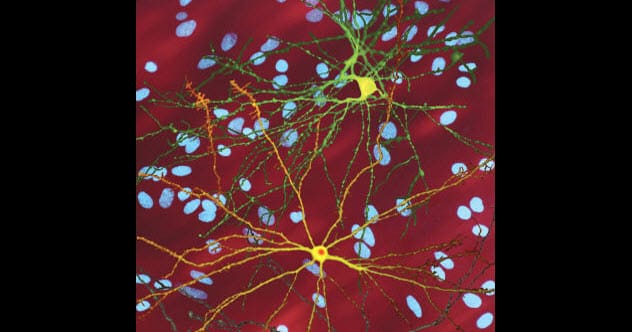
Huntington’s disease is a devastating neurodegenerative disorder that affects the nervous system. Individuals with Huntington’s gradually lose their ability to control their movements and experience cognitive decline. The disease is genetic, caused by a mutation in the huntingtin gene on human chromosome 4.
Normal versions of the huntingtin gene contain multiple repeats of a three-letter DNA sequence, CAG. In the disease-causing versions, these CAG repeats expand excessively; more than 35 CAG repeats result in the mutant form of huntingtin. To study this, scientists introduced a mutant human huntingtin gene with 72 CAG repeats into mice.
One mouse carrying this gene developed motor problems. It struggled with a beam-crossing test, had difficulty regaining its footing when placed on the ground after being held by its tail, and tended to walk in circles. An autopsy revealed that the mouse’s brain had started to degenerate, similar to what occurs in human Huntington’s patients. Researchers have developed many other Huntington mouse models, some containing only fragments of the mutant gene or expressing it only in specific brain cells, all aimed at understanding the disease and finding treatments.
Autism

Autism Spectrum Disorder (ASD) is characterized by challenges with social interaction and communication. Some individuals with autism also exhibit repetitive behaviors, like hand-flapping. Many different genes are thought to contribute to the risk of autism. One such gene, Cntnap2, plays a role in early brain development.
In one experiment, scientists “knocked out” (disabled) the Cntnap2 gene in mice. These mutant mice showed differences in brain development; some brain cells didn’t migrate to their correct locations, and levels of certain interneurons were reduced. The Cntnap2-mutant mice also behaved differently, in ways that resembled symptoms of human autism. As pups, they were less communicative, making fewer distress calls when separated from their mothers.
As adults, these mice were less social. When given a choice between an empty tube and a tube containing another mouse, normal mice usually prefer investigating the tube with the mouse. However, mice lacking the Cntnap2 gene showed no such preference. They also engaged in repetitive behaviors like excessive digging and grooming to the point of potential injury. Interestingly, these mice responded to the medication risperidone, which is used to treat some autism symptoms in humans: their repetitive behaviors decreased, though their social difficulties remained.
Schizophrenia
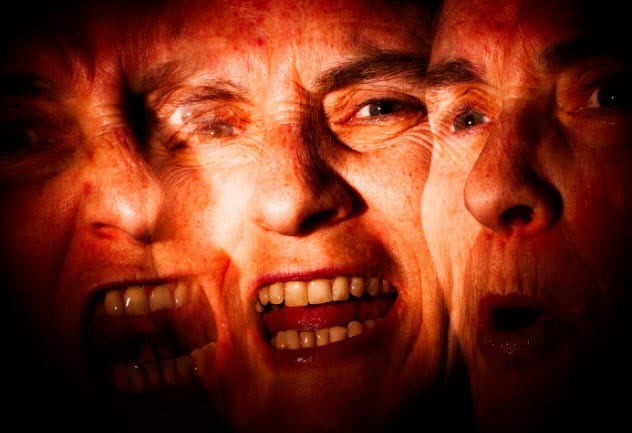
Schizophrenia is a complex mental illness known for symptoms like delusions (false beliefs) and hallucinations (seeing or hearing things that aren’t there). Other, less dramatic symptoms include apathy (lack of motivation) and problems with learning and thinking clearly.
In individuals with schizophrenia, a type of brain cell called the MD neuron (mediodorsal thalamic neuron) tends to be less active. To replicate this in mice, scientists chemically blocked these neurons. These mice then showed difficulty adjusting to new rules for finding food, which might mirror the learning challenges seen in people with schizophrenia.
Schizophrenia also has a genetic component, with many genes likely involved. A mutation in a gene called DISC1 was found to increase risk in a Scottish family. Scientists introduced a mutant form of DISC1 into mice. In these mice, the brain developed differently; structures called the lateral ventricles became larger than normal, especially on the left side, a feature also observed in some humans with schizophrenia. These mice also showed behavioral changes like increased hyperactivity at times and apathy at others (e.g., struggling less when placed in water). While mice can’t tell us if they’re hearing voices, these models help researchers study the brain changes and some behavioral aspects associated with schizophrenia.
Creating these mouse models of human diseases is a challenging but vital part of medical research. By finding ways to replicate aspects of human illnesses in mice, scientists can study disease progression, test new therapies, and ultimately work towards better treatments and cures for conditions that affect millions worldwide.
What are your thoughts on using animal models in research? Leave your comment below!


